Image credit: https://letstalksex.net/free-erotic-photos/
5 Tips for Effective Communication in Marriage
Marriage takes work. There’s always room for improvement and that starts with clear, honest communication. Strong communication is one of the tenets of any healthy relationship. Like most things worth doing though, it can be challenging. Here are five tips for effective communication in a marriage.
1. Be proactive in getting your needs met. Your partner isn’t a mind reader, and in order to have a healthy, mutually fulfilling relationship, you must consistently check in to make sure that needs are being met. The longer it’s drawn out or avoided, all the more likely that resentment will grow and the topic at hand becomes that much more difficult to address.
2. Speak from the “I” perspective. You can only speak from your own experience. Using the “I” perspective helps avoid coming across as attacking someone and they may get defensive.
3. Avoid making assumptions. It can be easy to get caught up in our own feelings, especially when they’re intense, and sometimes that leads to making unfair assumptions about someone’s intentions or behaviors. Assumptions present an additional obstacle to productive communication because before the to
4. Make yourself a safe person to criticize or say no to. If your partner(s) fear retribution or a negative reaction from you as a result of receiving constructive feedback or being told no, they may be disincentivized to consistently communicate. It’s okay to be upset or have negative feelings, but it’s not okay to take it out on your partner.
5. Seek couples therapy if you feel stuck. If you struggle to figure out how to communicate effectively, or if you end up in a stalemate despite your best efforts, therapists like those at Embrace Sexual Wellness can be great facilitators for improved communication.
Communication is hard so try not to get discouraged if you’re struggling with it. Give yourself and your partner(s) the grace to make mistakes and to not get it right on the first try every time. For previous Embrace Sexual Wellness articles on communication, you can check here and here.
Additional resources
The 4 Attachment Styles in Relationships
Attachment styles are how each of us reacts to our needs and how we get them met. They are established in early childhood through various experiences that then influence and produce similar patterns throughout one’s entire life. The four types are secure, anxious-preoccupied, dismissive-avoidant, and fearful-avoidant. It’s important to note that while these labels provide helpful guides to understanding yourself and others, they might not fit perfectly and they are not a rigid, unflinching analyses of one’s behavior and mindset.
Secure
Secure adults tend to feel secure in their relationships, as the name might suggest. Their relationships are often honest, open, and independent. As children, secure adults likely had a caregiver who served as a reliable figure as they tested independence. This feeling of security in the relationship allows for independence and connectedness simultaneously. They tend to hold a positive self-image and positive image of others.
Anxious-Preoccupied
Anxious-preoccupied attachments are defined by uncertainty in relationships, which often means that instead of love and trust, someone is in a frequent state of emotional hunger. Emotional hunger is a “condition of pain and longing which people often act out in a desperate attempt to fill a void or emptiness.” Instead of an equitable relationship, anxious attachment adults seek a feeling of security by trying to find a partner to complete or rescue them. Despite this desire, they may exhibit behaviors that push away the people they love which are often motivated by fear and insecurity. They tend to have a negative self-image and positive image of others.
Dismissive-Avoidant
Dismissive-avoidant attached adults may be emotionally distant and attempt to “parent” themselves. They keep loved ones at an arm’s length and respond to stressors by shutting down. They tend to have a positive self-image and negative image of others.
Fearful-Avoidant
Fearful-avoidant attachments exist in a state of limbo, simultaneously fearful of being too close to and too distant from others. Their volatility gets in the way of intimacy, and clouds their ability to let others in. Their moods are overwhelming and unpredictable. They may have a negative self-image and negative image of others.
Learning more about yourself and your partner(s) is always helpful for understanding each other. When you can identify your behavioral tendencies, and can communicate them to the people around you, it is easier to get along and have greater insight into one another’s mindsets. If you’re concerned about your attachment style, consider making an appointment with a therapist at Embrace Sexual Wellness.



































